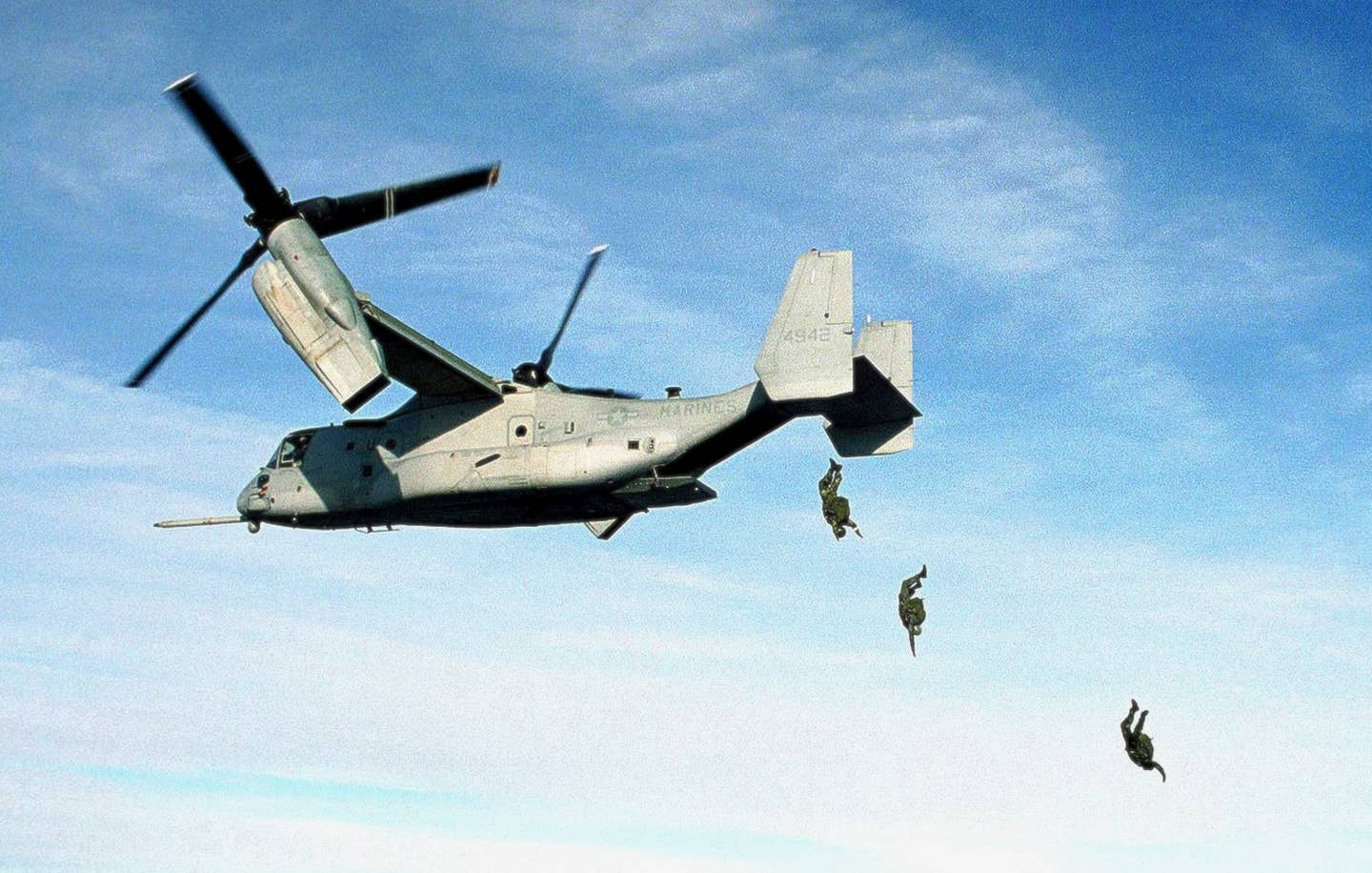Orion: Glacial-Pace Space Dawns
Sure is a nice space ship. Sure isn’t going to fly much.

Watching the Orion launch on NASA's splendid live feed on Friday, I was asking myself if it made me feel that old Apollo magic. The answer: it did. Even though the vehicle was unmanned, its ultimate purpose is to put the U.S. back into the manned spaceflight business. That's on my short list of worthy things to spend tax dollars on. Kudos to NASA.
By Friday afternoon, the initial data looked like the Orion mission was near perfect, after a one-day launch delay. (I did get a hyperbole warning light right there at the end when the NASA announcer said the agency had "driven a golden spike in the bridge to the future." Ugh.) But overall, the Orion flightreminded me of the Apollo 4 mission in 1967, the first all-up, unmanned test flight of that system. But the Apollo comparisons go only so far and I'll get to that in a moment.
For the vicarious spectator, Friday's launch may be historic. NASA's feed had live views from all over the place, including the control room in Houston, the vehicle itself and, my favorite, a high-altitude drone in the recovery area that caught live video of Orion in late-stage entry. The drone shots captured the vehicle's unique two-stage parachute deployment and were cut with the view from the capsule itself. And the telemetry was good enough to catch glimpses of the fading plasma stream as Orion entered the thicker strata of the atmosphere. It wasn't quite like being there-maybe not even close-but it was compelling to watch, nonetheless.
And did you catch the look of Mission Control in Houston? I'm placing a picture here in case you didn't. The old CRTs from the Apollo and early Shuttle days have been gone for a while, but check out the arrays of displays flight controllers have now. Some of them look to be five feet across and nearly as high. And the giant mission map looks updated, too. Very cool. In case you missed it, that classic old mission clock NASA had in the launch viewing area was also retired, replaced by a new display that runs live video.
We've come a long way since the Apollo days, but that program had something Orion hasn't found yet: A sense of mission. Now that Orion has proven it can fly, it won't fly again for nearly four years, when NASA envisions an unmanned circumlunar flight to test both Orion and the new Space Launch System booster, the SLS. After that, it will be another three years until Orion flies again, this time on a manned mission to rendezvous with a captured asteroid in lunar orbit. And the next mission won't be until 2023, the purpose of which hasn't be decided yet. So in nine years, four flights are planned, two of them unmanned. I'm underwhelmed.
Compare that to NASA's Golden Age, between May of 1961, when Alan Shepard flew and December of 1972 when Apollo 17 splashed down. During that 11-year period, NASA flew 30 major missions, encompassing the Mercury, Gemini and Apollo projects. Most of those-22-were manned missions. The longest gap between flights was a couple of 11-month breaks between Mercury and Gemini and a stand down before the first Gemini manned flight. Most of us forget a couple of things about that period. One, Apollo was running in parallel with Gemini in 1966 and, second, NASA was just flat-ass cooking.
Now? Not so much and through little fault of NASA itself, in my view. We all know what the problem is. No national vision or will for manned space exploration and not much for exploration of any kind. In the heyday of Moon fever, 1966, NASA's budget was 4.4 percent of total federal spending. In 2014, it will be 0.49 percent. What drove this, of course, is what happened in 1957 when the Soviet Union launched Sputnik and scared the bejesus out of U.S. defense planners. John F. Kennedy made that into a winning political strategy and less than a decade later, Neil Armstrong made his small step. Vladimir Putin, who was just out of diapers at the time, doesn't seem to invoke the same fear, even though he would have us believe he was never in diapers but rode from the womb shirtless on a white stallion. Sputnik was, somehow, scarier.
If I don my Sunday-best rose-colored glasses, I would hope that Orion's capabilities, which are considerable, might inspire a new age of exploration. It is, after all, little more than a crew protection capsule to launch and recover people from deep space. But it's designed to be impressively flexible and so it can mate with service and habitat modules that are to supposed to be suitable for the Big One-Mars. But for the foreseeable future, the red planet remains out of reach for manned flights.A staggering amount of developmental work needs to be done before such a mission can even be considered. Further, the political class needs to summon the vision to fund such a thing or Orion will be just a lab bench project with nowhere to go.
In the meantime, it sure would be nice if this system gets flown more than once every four years. Seems to me it will need as much flight experience as it can get before embarking on a mission lasting a year-and-a-half or more.If I were King, I'd quintuple NASA's budget and tell them to get that thing on the way to Mars. There are lot worse things to spend money on. No point in having a flying machine unless…you fly it. Maybe we need a few more Moon missions until Mars is ready.
Join the conversation.
Read others' comments and add your own.






